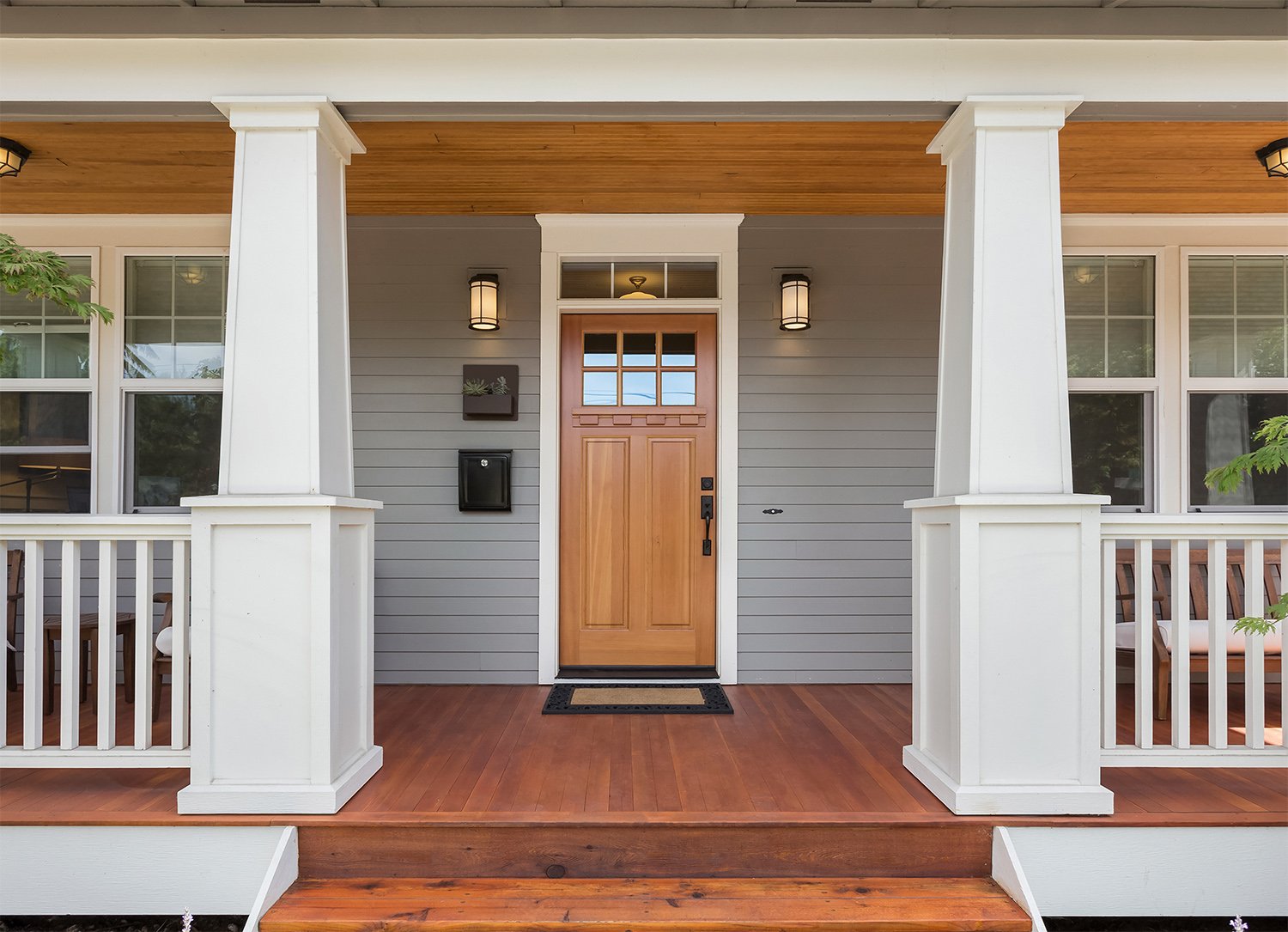How Do You Deconstruct a House?
Home deconstruction can be good for the environment, help your community, and even grant you a tax return


Before you go ahead and run a wrecking ball into your old house, consider deconstructing your house instead. Home deconstruction (aka green demolition) is a trend in the construction industry that is quickly picking up steam.
Deconstruction is carefully dismantling the house piece by piece to salvage recyclable materials while reducing noise and pollution caused by tearing down a structure. This process can significantly reduce the amount of waste going into the landfills and clogging up the environment.
Follow these steps to learn how to deconstruct a house.
1. Plan Your House Deconstruction

When you decide to deconstruct your house, being prepared and talking through every step will make the project as efficient and safe as possible.
Tools
The general contractor will use their tools to deconstruct the house’s interior and then will use heavy machinery for demolishing the structure itself after the interior is completely cleared out. Getting an idea of their method and what tools will be on-site that day can help you to be prepared.
Safety
One aspect of deconstruction that is different from traditional home demolition is hand labor. When you hire a professional to deconstruct the house, they should inspect the site for any potential safety hazards to protect workers during the project and ensure a danger-free work environment.
Protect the Neighbors
Be sure to protect adjacent buildings and walkways by putting up temporary fencing before demolition.
Map out the Area
It’s important to plan how your team will take the building apart, as well as map out the movement around the site for people, equipment, and materials.
Asbestos Abatement
You should get a thorough inspection to identify and rid your home of asbestos and other possible biological hazards to prevent workers from getting exposed to it during the deconstruction process.
Stable Structure
Taking off the building’s part should be strategic, which means delaying removing load-bearing walls or any structural elements when they are still supporting the building. Demolition contractors near you will know how to do this properly.
Appropriate Climate
Rainy and wet conditions may cause slips or electrical shocks. Work should not occur in excessively wet conditions. In contrast, extremely hot and or humid conditions and lack of ventilation can be sources of heat exhaustion. Be sure only to continue work on days where the environment is suitable.
2. Arrange for an Appraisal
If you predict salvaging more than $5,000 worth of materials, make an appointment to have the IRS-approved inspector come to your home for a consultation. They will perform a quick inspection of your property and give you an initial quote for the value of your donation, which will help determine the tax credit amount you’ll receive.
3. Shut Off All Utilities
Before deconstruction, be sure to disconnect all utilities, including water, plumbing, gas, and power lines.
Contact your service providers to shut the utilities off. They might also need to send staff to your house to ensure all utilities are disconnected properly to avoid any potential issues during the process.
4. Get the Necessary Permits
Before deconstruction can begin, you'll need a permit (as well as proof that you have shut off all utilities properly).
Most deconstruction permits require:
Full scope of the work
Minimum amount of materials to be diverted away from the landfill or an indication of how much will be salvaged, according to the appraisal
Proof that all utilities have been shut off properly
Additional permits if there's asbestos in your home
Be sure to check with your local building department or ask your contractor, to ensure you comply with all necessary regulations.
5. Determine What You Can Salvage

A contractor will take a walk around to identify reusable materials in order of importance before house deconstruction. You'd be surprised how many materials in your home are usable, even after years of wear and tear.
Salvageable materials such as:
Floorings, such as hardwood or tiles
Roofing material, such as asphalt shingles
Brick or stone
Windows and doors
Stair rails or porch posts
Toilets, sinks, and tubs
Light fixtures
Electrical and plumbing equipment
House siding (minimum of 3 feet long)
The contractor should keep an inventory of each salvageable item with a description, amount, and material, which will help the homeowner keep track when recycling, selling or donating the materials.
6. Deconstructing the House
Depending on your home and the number of salvageable materials you have, the deconstruction process can take anywhere from a day up to a week and sometimes more.
Working from Inside Out
To deconstruct the interior of a home, the crew carefully takes off interior items one by one—such as doors, light fixtures, sinks, tubs, pipes, window frames, and glass. Flooring material, baseboards, and even nails in the floorboards can be removed and recycled. Then they work to remove all siding from the exterior.
Working on the Roof
The crew then starts to tackle the roof by removing shingles and underlayment, roof insulation, and metal sheet roofing.
Deconstructing the Structure
They start working from the top down; first, they work on the roof structure by removing the roof chimney and trusses—lowering trusses to ground level for disassembly. They can then easily push over the stud wall for deconstruction on the ground.
The last step is demolishing the foundation and chimney, which could include picking up as many bricks from the building and foundation as possible.
7. Tear Down the Rest of the House
If you're planning on rebuilding on the same site, your contractor can use some of the heavy equipment to evacuate the junk and debris to prepare the site for the new build, which can save you time and money.















